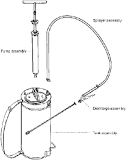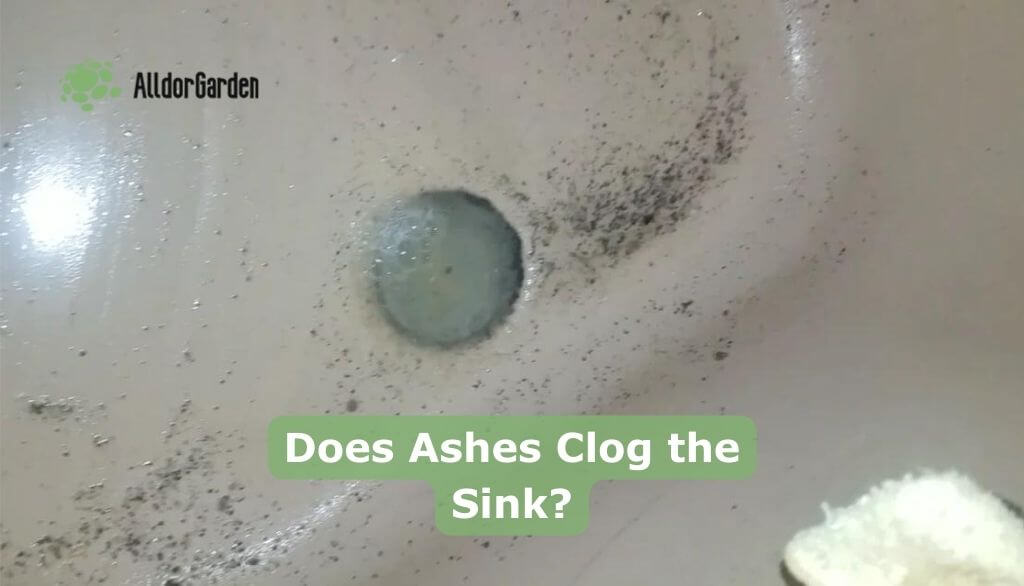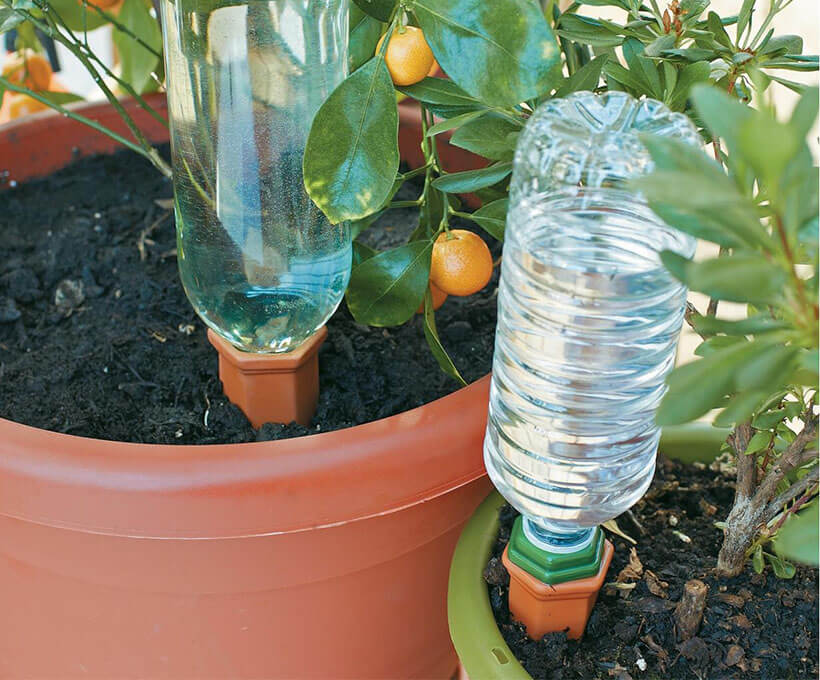Priming a Chapin sprayer is essential for ensuring that the liquid flows smoothly and effectively during use. To prime your Chapin sprayer, you need to pump the handle several times until you feel resistance, indicating that pressure has built up in the tank. This process helps to push the liquid from the tank through the hose and out of the nozzle.
Understanding Your Chapin Sprayer
Before diving into the priming process, it’s good to know a bit about your Chapin sprayer. These sprayers come in various sizes, from 1-gallon to 20-gallon capacities, and are designed for different tasks like gardening or pest control. Here’s how to get started:
Assembly
- Check Your Model: Some models might require assembly. Always refer to your manual for specifics.
Filling Up the Tank
- Unscrew the Lid: Open the tank by turning the lid counter-clockwise.
- Add Your Solution: Fill it with your desired mixture—be it fertilizer, herbicide, or just plain water—without overfilling.
Attaching the Lance
- Secure Connection: Make sure the spray lance is tightly connected to avoid leaks.
Priming Process
Now, let’s get into the nitty-gritty of priming:
Pumping
- Start Pumping: Begin pumping the handle. You’ll want to do this until you feel a solid resistance.
Check for Leaks
- Inspect for Air Leaks: If you hear hissing sounds while pumping, check all connections. A tight seal is crucial for effective priming.
Test Spray
- Try a Quick Spray: Once you feel resistance, test it out by pulling the trigger briefly. If liquid sprays out, congratulations—you’ve successfully primed your sprayer!
Tips for Effective Use
- Maintain Proper Distance: When spraying, keep a comfortable distance from your target area.
- Adjust Nozzle Settings: Change your nozzle settings according to what you’re spraying for better coverage.
- Repressurize as Needed: If you notice a drop in pressure while spraying, pump again to maintain consistent flow.
Cleaning Up
After you’re done using your sprayer, make sure to clean it according to the manufacturer’s instructions. This will help prolong its life and maintain performance.
FAQ
How often should I clean my Chapin sprayer?
Cleaning your sprayer after each use is recommended. This prevents chemical buildup and ensures that your next application goes smoothly.
What should I do if my sprayer won’t build pressure?
If your sprayer isn’t building pressure, check for air leaks at connections and ensure that all parts are securely fastened. Sometimes, replacing gaskets can also solve this issue.
Can I use any chemicals in my Chapin sprayer?
Not all chemicals are suitable for every model. Always check the product specifications and guidelines to ensure compatibility with your sprayer.







